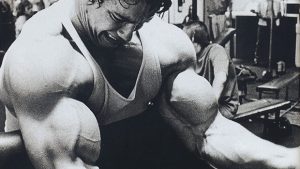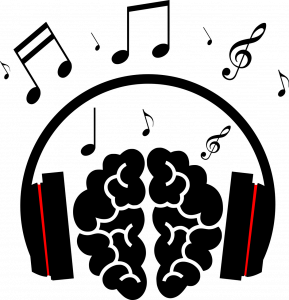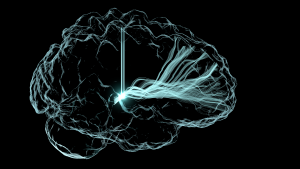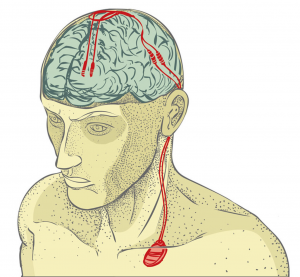When individuals talk about increasing muscle mass and getting stronger, several different strategies are brought up. For example, most people like to focus on nutrition or training harder at the gym. Don’t get me wrong, these are important strategies to improve your physique and build muscle mass, but there is one thing that is often overlooked. This is the phenomenon called “Mind-Muscle Connection”.

Source: t-nation.com
A study conducted in 2015 by Joaquin Calatayud and team, describes the mind-muscle connection and what happens when you mentally apply yourself during workouts. If you haven’t heard of mind-muscle connection, you may be wondering what it is and how can this apply to you?
What is Mind-Muscle Connection?
In simple terms, mind-muscle connection (MMC) is when you consciously and deliberately contract a specific or group of muscles in your body. The brain sends a signal to your muscles at the “neuromuscular junction,” telling the particular muscle to contract. The neuromuscular junction acts as a bridge and connects the skeletal system to the human body’s nervous system.
This video showcases what MMC is in a nutshell:
Source: PictureFit (YouTube)
MMC used in Resistance Training
The study determined if performance will improve if an individual focused on specific muscles (chests and triceps) when doing a bench press.The subjects of the study were separated into three groups where they performed the bench press while: 1) not concentrating on any specific muscle in the body, 2) concentrating on the pectoralis (chest) major muscles, and 3) concentrating on flexing the triceps muscles. In these conditions, the subjects performed the bench press at 20%, 40%, 50%, 60% and 80% of their 1-repitition max (1-RM). The final results of the experiment showed that the muscle activity did increase when emphasis was put on the two target muscles, but only up to 60% of their 1-RM.

Man performing bench press. Source: muscleandstrength.com
You may be asking, why is MMC only effective up to 60% 1-RM? This is because when you create a mental connection with your brain to the muscles, it requires concentration and attention. You will only be able to concentrate when you lift a weight that you can manage, for example, around 20-60% of your 1-RM. If you go over 60% of your 1-RM, you will not be able to solely focus on the specific muscle, since your mental focus will be directed towards how heavy the weight is.
How can you create MMC when you lift? Give these two tricks a shot during your workouts:
- Slow Down: Your muscles have to work more if you move slowly, allowing you to have more time to connect your brain to the specific muscle movement.
- Ego Check: Many people are obsessed with lifting more and more weight, but instead, focus on the quality of each repetition.
It is common to see muscle growth coming to a halt when going to the gym and when results are not seen, this results in a lack of motivation. For those of you who are experiencing this, MMC can be the missing piece for you.
– Parwaz Gill






